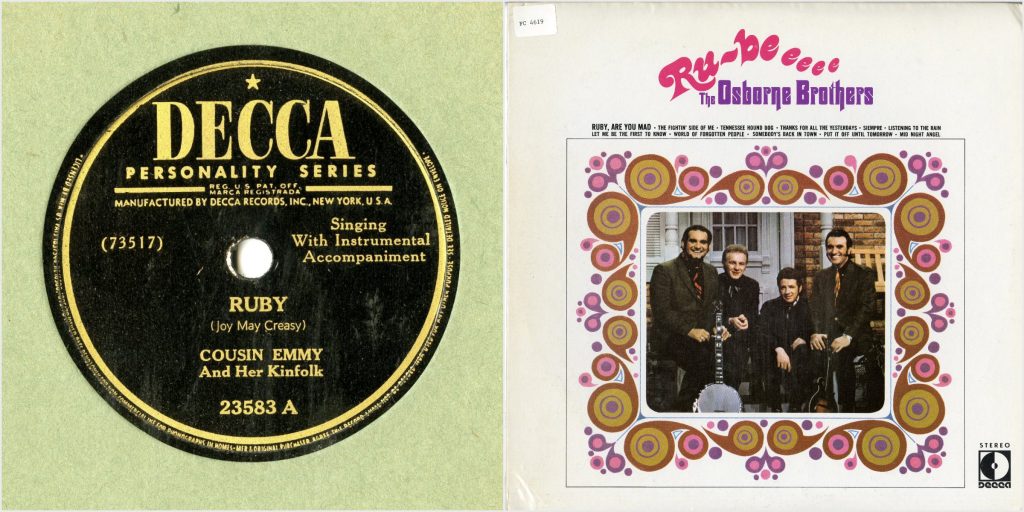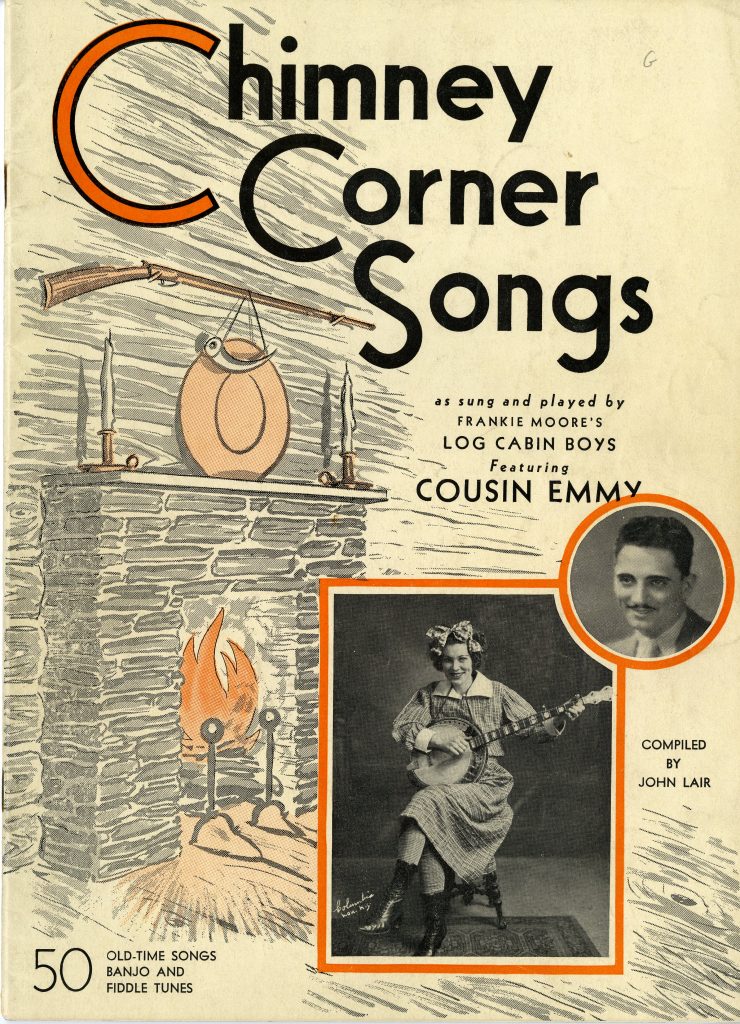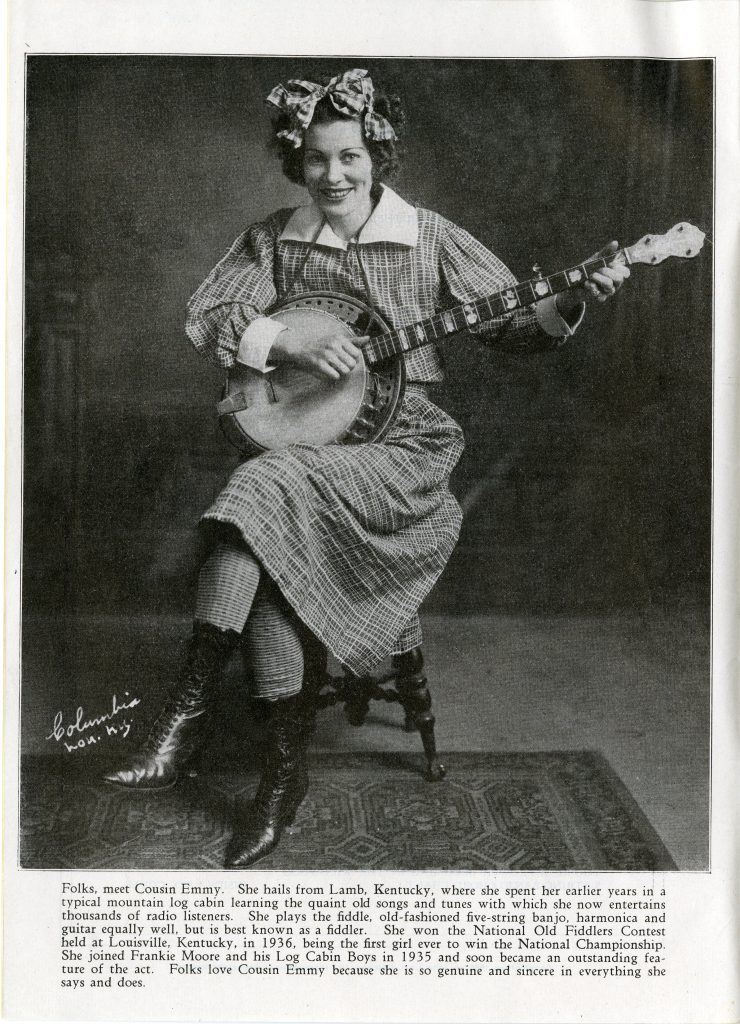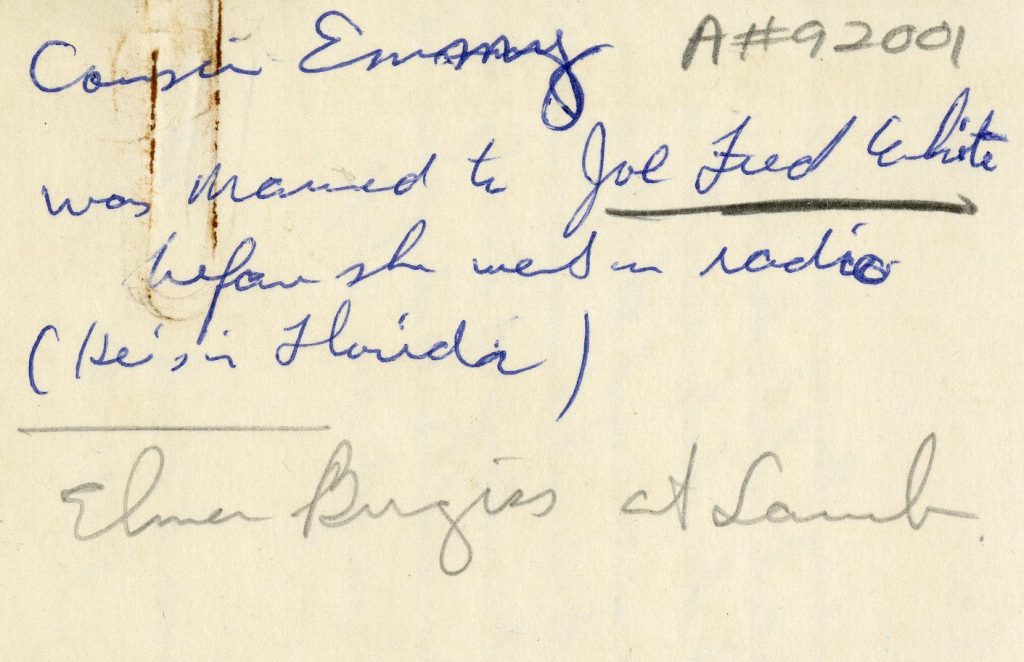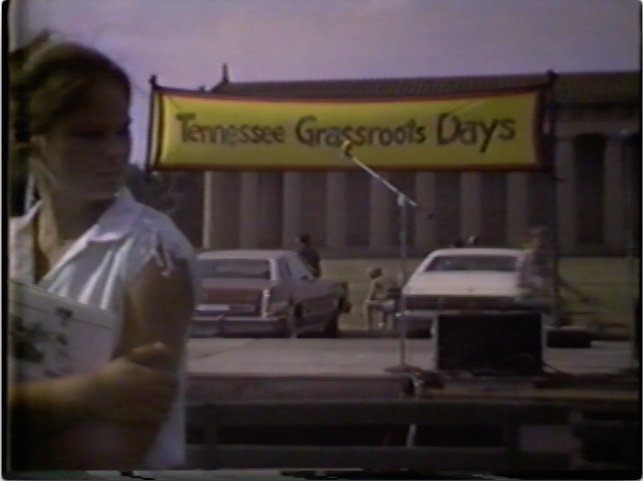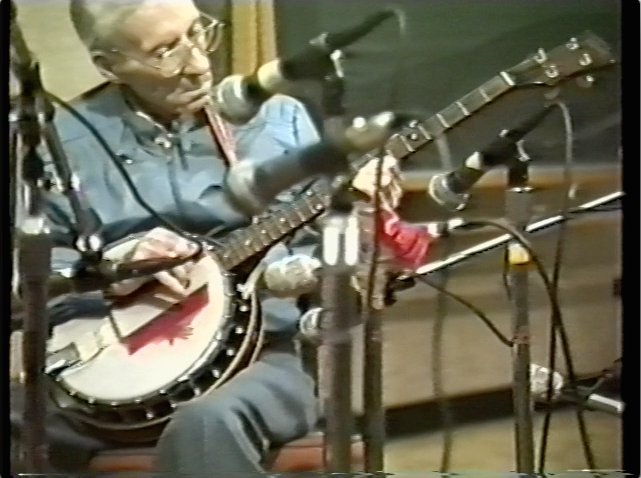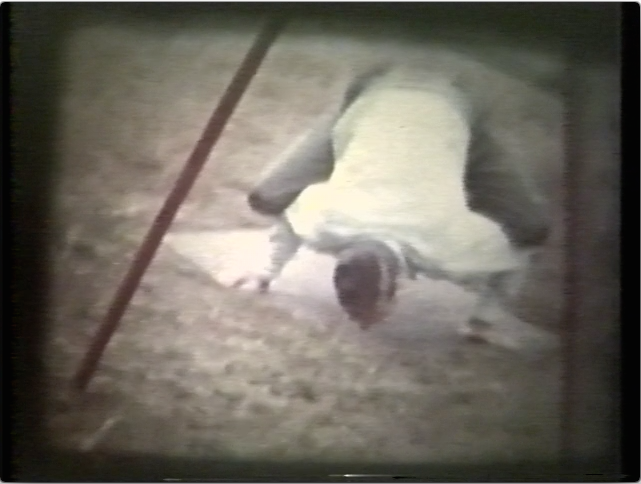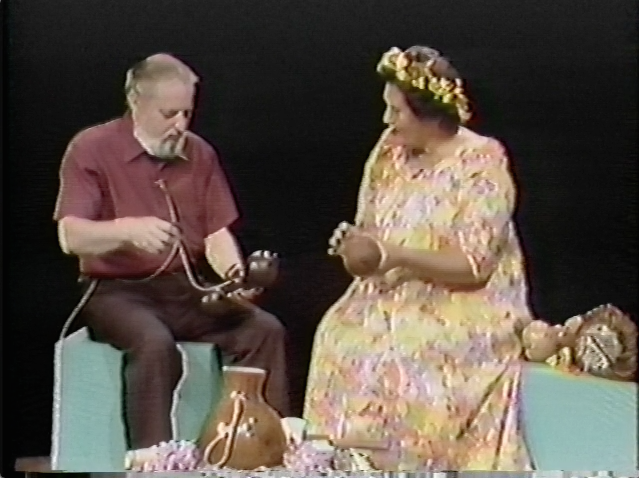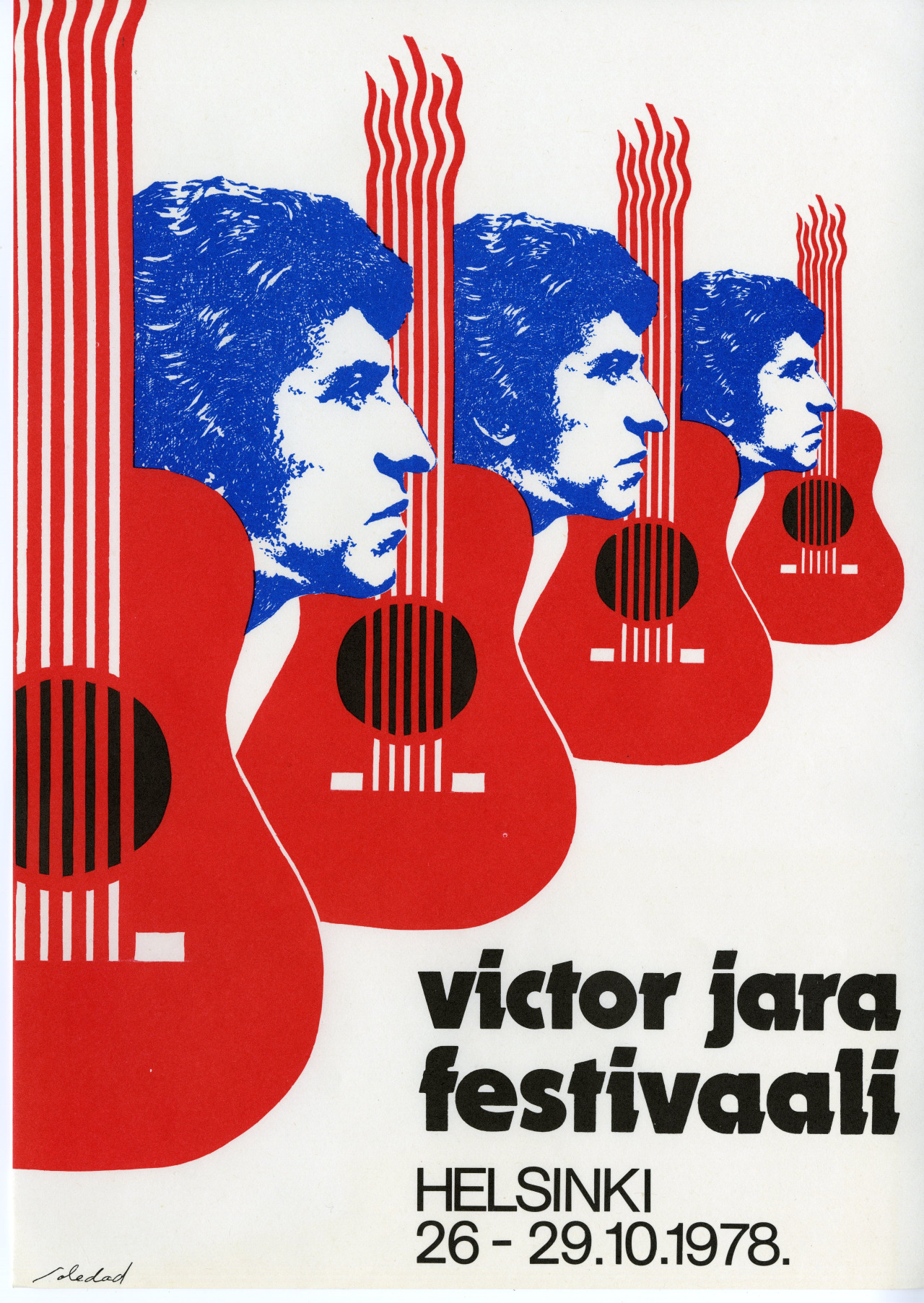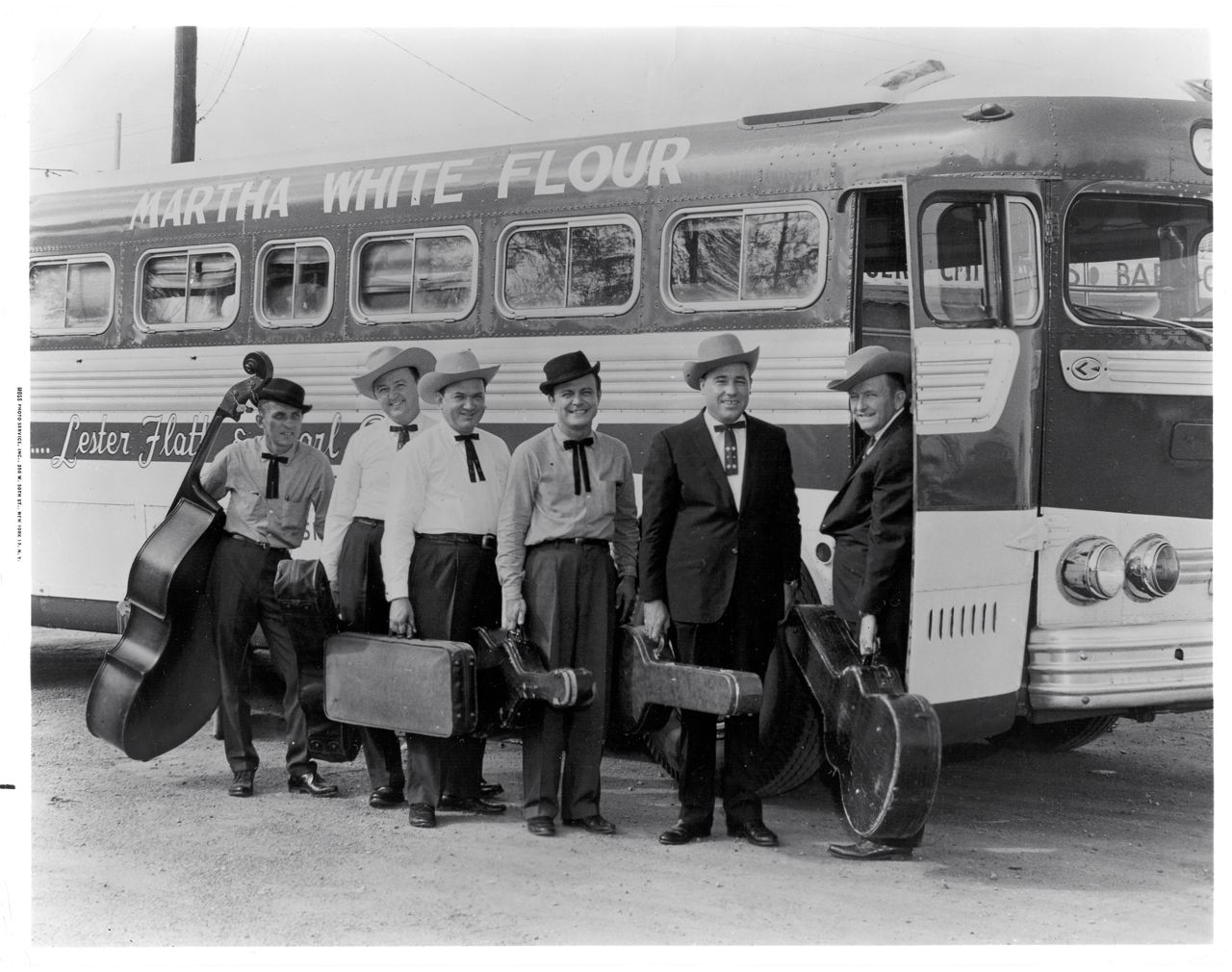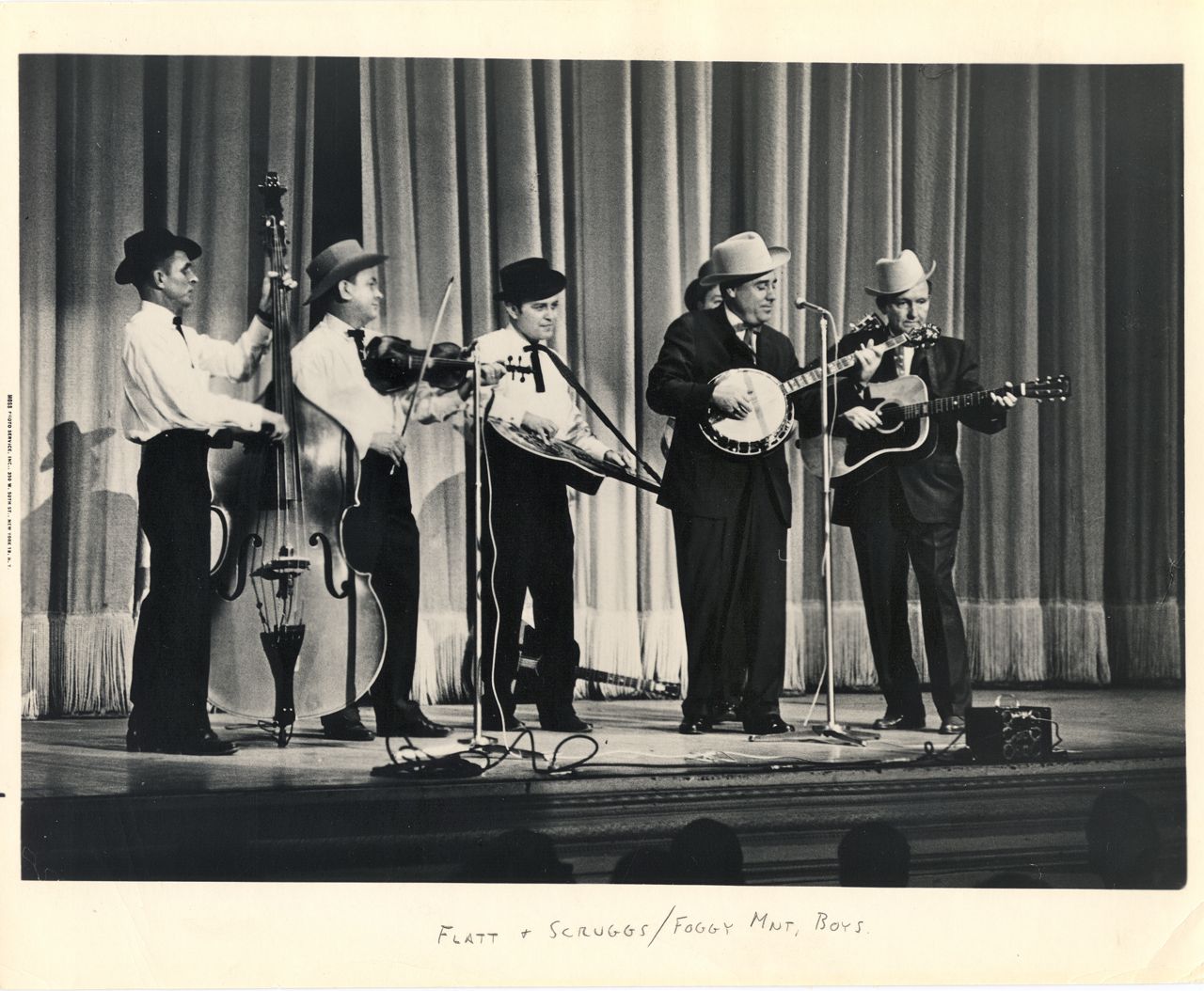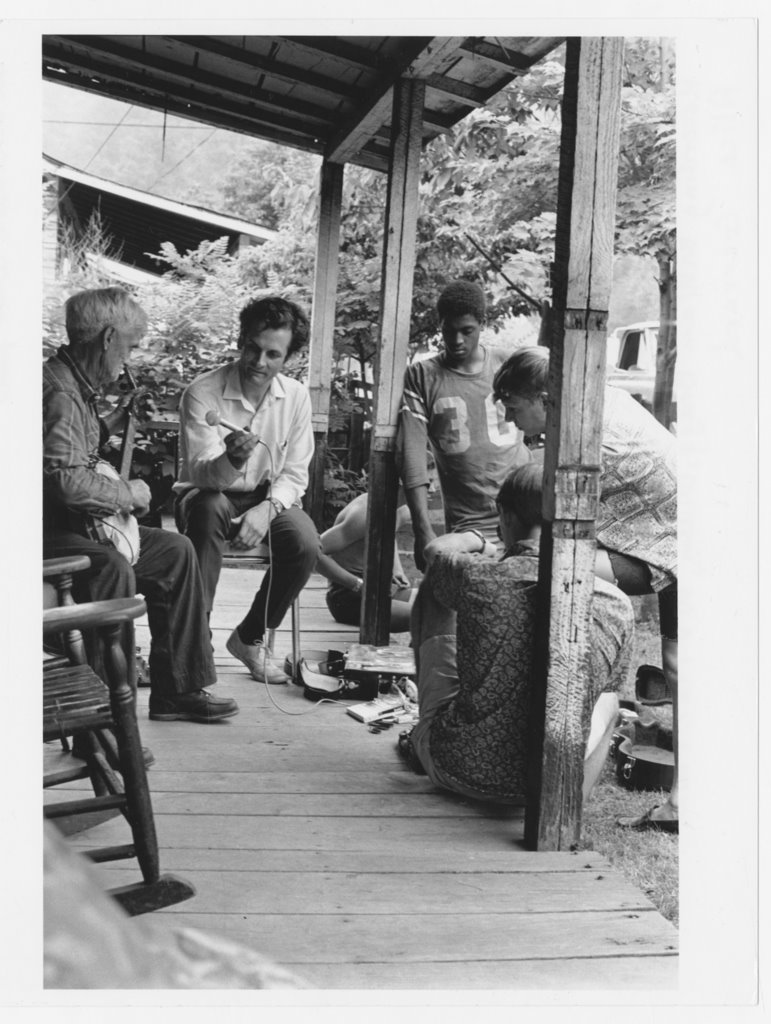The preliminary finding aid for the Ray Alden Collection (70115) is now available to view! It currently includes all analog audiovisual recordings. Photographs, papers and born digital materials are still being arranged and described.
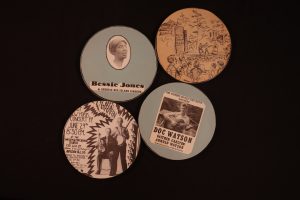
The Ray Alden Collection includes over 800 analog field recordings, studio recordings and video recordings as well as papers, documentation, photographs and born-digital materials including over 500 CDs and DVDs. The recordings feature primarily white old-time musicians, with a heavy presence of the Round Peak region of North Carolina and Galax, Virginia from the 1960s through the early 2000s. It also includes many recordings and documentation of younger generation old-time and bluegrass musicians from the 1970s through the early 2000s including the Horseflies, the Plank Road String Band, the Chicken Chokers, The Red Mules, the Agents of Terra, Bruce Molsky, Breakfast Special and the Johnson Mountain Boys. As a part of the larger New York folk music community, Alden became involved with the Seegers’ Great Hudson River Revival festival and recorded many of the live performances from the traditional music stage at the festival. These recordings feature a wide range of musical styles including blues, bluegrass, cajun, gospel, klezmer, son, old-time and more. Also included in this collection are recordings of live performances at New York City folk venues such as Izzy Young’s Folklore Center, Bernie Klay’s McBurney YMCA series and Loy Beaver’s home concerts. Other festivals appearing in the collection include the Smithsonian Folklife Festival, Brandywine Mountain Music Convention, Galax Old Fiddlers Convention, Union Grove and the Berryville Bluegrass Festival.
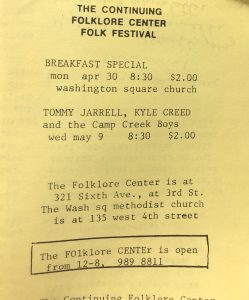
Ray Alden grew up in an Italian-American household in New York City and was introduced to the banjo through Pete Seeger and the Weavers. Seeing Tommy Jarrell, Fred Cockerham and Oscar Jenkins perform and jam at a show at Loy Beaver’s house in 1967 piqued his interest in older styles of playing, and especially the Round Peak styles. The following year, Alden took his first field recording trip to the Union Grove fiddlers convention, and later to visit old-time musicians Fred Cockerham, Tommy Jarrell and Kyle Creed. That was the beginning of 40 years of field recording and music making. From 1968 to 2009, Alden recorded old-time musicians including Tommy Jarrell, Kyle Creed, Fred Cockerham, Earnest East, Rafe Brady, the Shelor family, the Kimble Family and Clyde Davenport. He also developed a unique banjo style, often sitting in with the musicians he recorded. He became a part of the younger generation of old-time musicians including Brad and Linda Leftwich, Bruce Molsky, Carol Elizabeth Jones, Gary Harrison, Paul Brown, James Leva, Jim Miller, Judy Hyman, Tara Nevins and others. Alden put the same time and care into documenting his peers as he did the older musicians. Many of these recordings resulted in the 1984 album “The Young Fogies”. When he wasn’t playing music or on a field recording trip, Alden taught high school math, designed speakers and painted mathematical-inspired pieces of art.
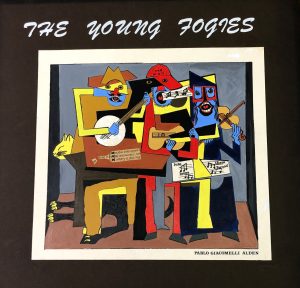
Alden started the Field Recorders’ Collective in 2004 as an avenue for collectors such as himself to release recordings, make them accessible to younger generations of players and provide royalty payments to the families of the musicians. The Field Recorders’ Collective has released hundreds of recordings and continues to be an important resource for the old-time music community. This collection includes many of the original recordings that have been released by the FRC.
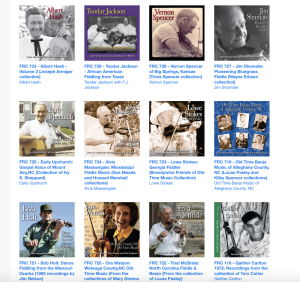
Since Alden’s passing in 2009, the Field Recorders’ Collective has remained strong, with multiple new releases every year. It is an important resource within the old-time music community, providing access to previously unheard recordings. It is unique in its community-centered approach and its emphasis on community knowledge and learning. Some of the releases from the last few years feature music from Galax fiddler Luther Davis, Gaspésie fiddler Yvon Mimeault, West Virginia banjo player Walter Hensley, and Texas fiddler Teodar Jackson. The website includes articles and album notes related to releases and options to purchase digital copies or the physical CDs and DVDs. You can also stream or download the FRC catalog on bandcamp. You can follow the FRC on instagram, twitter, facebook, and YouTube for updates on new releases and related videos, photos and audio clips.

Some highlights from processing the collection, from a fiddler’s perspective.

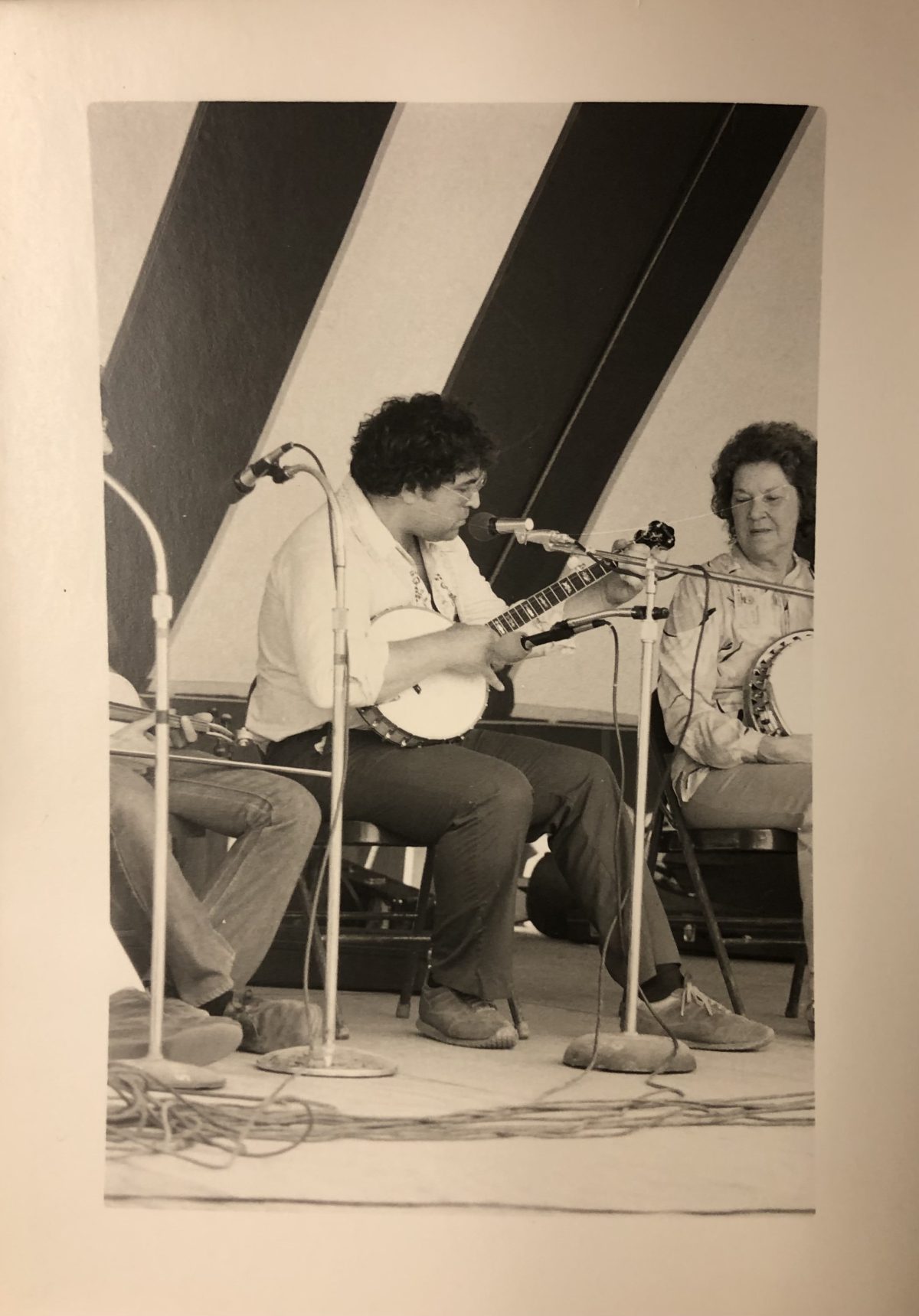
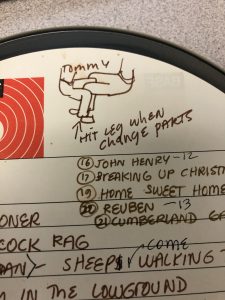

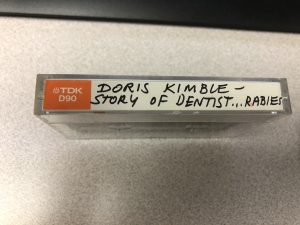




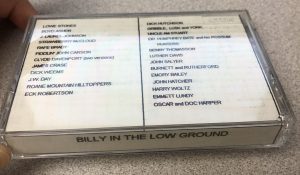
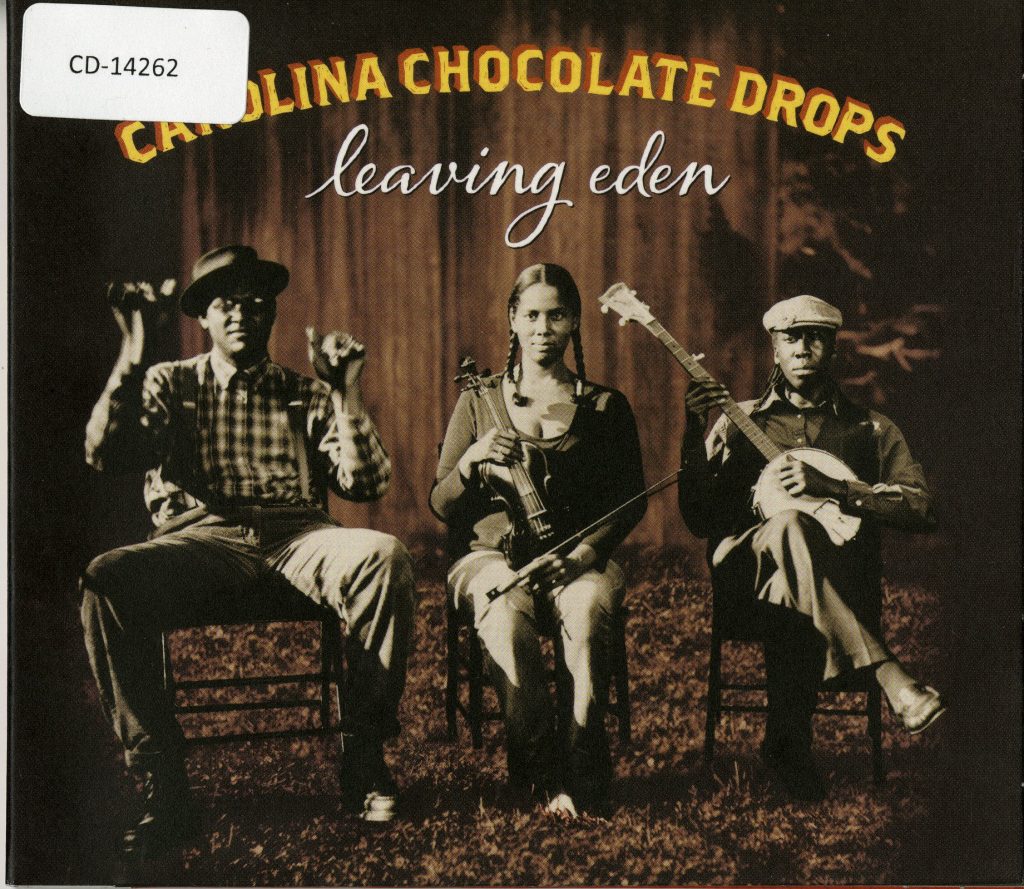 Last year, while writing a final research paper on the Carolina Chocolate Drops’ wonderful 2012 album,
Last year, while writing a final research paper on the Carolina Chocolate Drops’ wonderful 2012 album, 